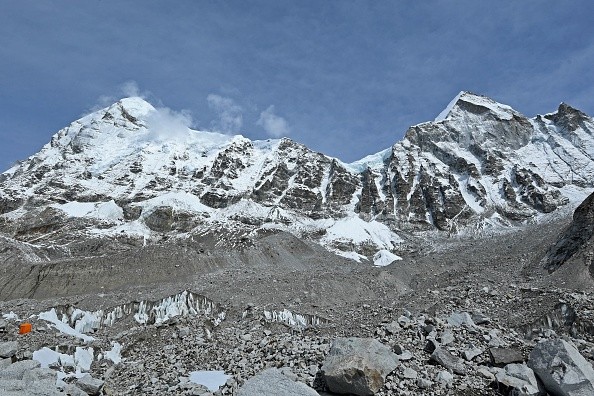Iceland may be the final bare remnant of an almost Texas-size continent - known as Icelandia - that become submerged beneath the North Atlantic Ocean around 10 million years ago, as per a new theory suggested by an international team of geologists and geophysicists.

The Theory
The theory goes against well-established ideas concerning the formation of Iceland and the North Atlantic, but the scientists say the theory provides an explanation on both the geological characteristics of the ocean floor and why Earth's crust underneath Iceland is very much thicker than normal.
External experts that are linked to the research told Live Science they are having doubt that Icelandia exists on the basis of the evidence gathered so far.
However, if geological studies confirm the theory, there is a possibility a radical fresh idea of a sunken continent will have implications for the possession of any fuels discovered beneath the seafloor, which according to international law belong to a country that is able to show their continental crust stretches that far.
Hidden Continent
Foulger said in a statement: "When we considered the possibility that this thick crust is continental, our data suddenly all made sense. This led us immediately to realize that the continental region was much bigger than Iceland itself - there is a hidden continent right there under the sea."
Foulger said there was a time the North Atlantic region was totally a dry land that forms the supercontinent of Pangaea from around 335 million to 175 million years ago.
For a long time, geologists have believed that the basin of the North Atlantic Ocean developed as Pangaea started breaking up 200 million years ago and that Iceland was formed approximately 60 million years ago over a volcanic plume close to the middle of the ocean.
Foulger, a former professor of geophysics at Durham University in the United Kingdom, told Live Science: "Some of it in the west and east has now sunk below the surface of the water, but it's still standing higher than it should. ... If the sea level dropped 600 meters [2,000 feet], then we would see a lot more land above the surface of the ocean."

Tectonic Plate
But Foulger and her team came up with a different theory: that oceans started forming roughly north and south not west and east - of Iceland as Pangaea split up. Rather, the geologists wrote, the region to the west and east stayed associated with what are presently Scandinavia and Greenland.
Foulger said people have this very oversimplified notion that a tectonic plate is somewhat like a dinner plate: It just breaks in two and moves from each other.
But this plate is more like a pizza, or a piece of artwork formed from various materials - some ceramic here and some fabric there, so that dissimilar parts have different strengths.
Related Article: 'Icelandia': Scientists Believe They Have Identified a Sunken Continent Hidden Under Iceland
For more news, updates about Icelandia and similar topics don't forget to follow Nature World News!
© 2025 NatureWorldNews.com All rights reserved. Do not reproduce without permission.





